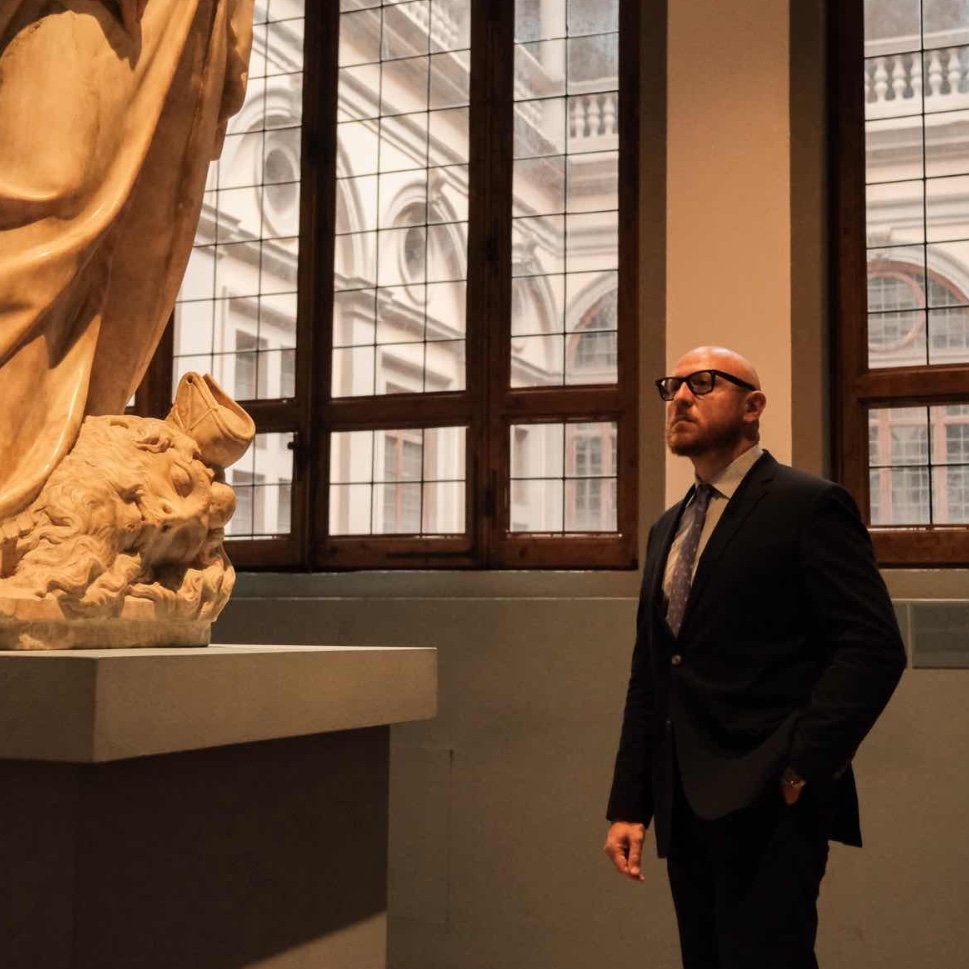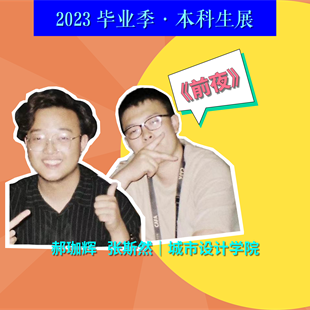Preface
By Pan Gongkai
A century has passed since Modern Art made its appearance in the art world, and five years have passed since the heyday of Pop Art and Conceptual Art. The last century has seen the rise of various art movements, as well as their achievements and breakthrough. Meanwhile, “Mis-construction” as a principle is increasingly vital in confirming artwork’s identity as art. “Mis-construction” becomes the reason and creates the situation for “Gaze”. An aesthetic reception is also made possible due to this very situation.
The new arts, such as Conceptual Art, Installation and Performance, greatly expand the category of artwork, and at the same time add to an aforementioned aesthetic situation with new forms and structures–this is the accomplishment of man’s visual culture in the last century, as is manifested by art history.
The achievements of visual culture and related systematic knowledge are quickly dispersed throughout the world, as a result of globalization and the international communication network. In the process of dispersion, the diachronic knowledge system is transformed into synchronic constellation with many cultural factors and interacts with the local culture. The previous systematic knowledge is restructured, leading to fragmented, pieced-together, flat and everyday global cultural art and art scene.
Dispersion is the result of a developed communication network, and a positive phenomenon brought about by globalization that could not be and need not be avoided. Dispersion helps the modernization of the world, benefiting mankind as a whole. Yet viewed in terms of physics, dispersion is the flow of thermal energy from an higher to lower level and an increase of entropy. In the larger temporal-spatial framework, seeking and building certain negentropy is a necessary balance and complement, that is in the trend of dispersion, seeking a new area of generation, facilitating a generation of the new art system is beneficial to global art ecology.
The irresistible force of dispersion renders generation difficult, yet at the same time making it an objective worth all the effort of the artists with a real global perspective. Generation takes place in certain areas, which is set by the actual situation and cultural accumulation of time and is worldwide. Generation calls for both interdisciplinary approach and an ability to create systematic knowledge building.
Generation in the contemporary cultural milieu is a constant process of self-questioning, trial and error, making adjustments and growing. Generation starts from problem awareness and leads to more than one answer. It is an open, procedural, interactive and evolving organism. Generation is a process of constantly raising, discussing, exploring, constructing and re-generating new questions.
In “Dispersion and Generation” at Today Art Museum, I present my works in the fields of ink and wash painting, art history and theory, architecture and installation, hoping to discuss my reflection of recent years and demonstrate the recent results of it. The exhibition touches the key topics in these fields and involves the theoretical clue behind such a crossover experiment. It intends to raise questions, bring about discussion and debate, so as to trigger more thinking and add to the academic atmosphere in the present cultural scene.
About the exhibition
Curator: Fang Zhenning, Lu Yinghua, Pan Qing
Duration: 2013.03.10 — 2013.03.31
Location: 2nd, 3rd, 4th floor exhibition hall of Building No.1, Today Art Museum




























